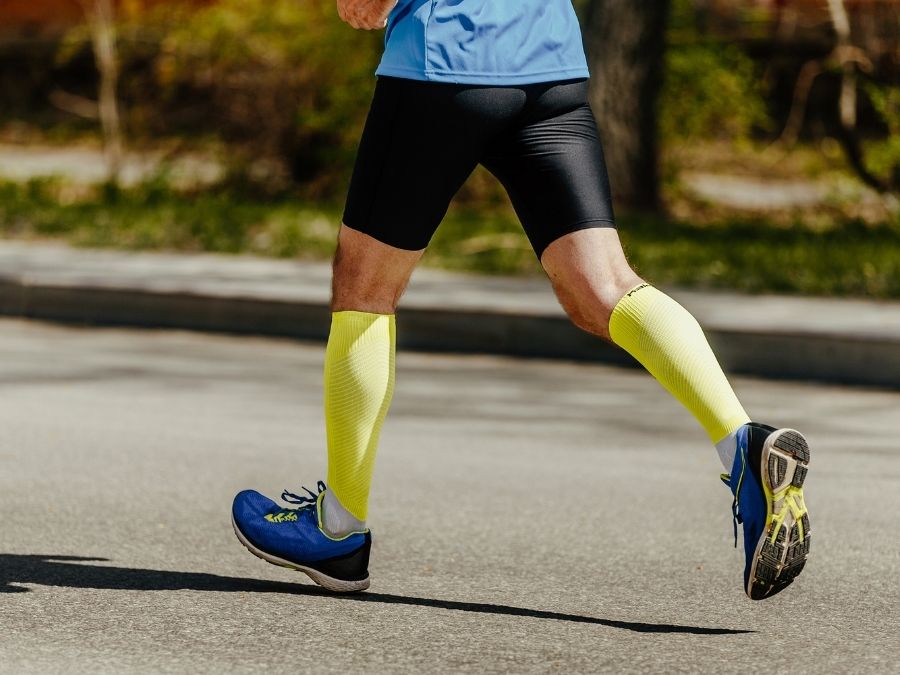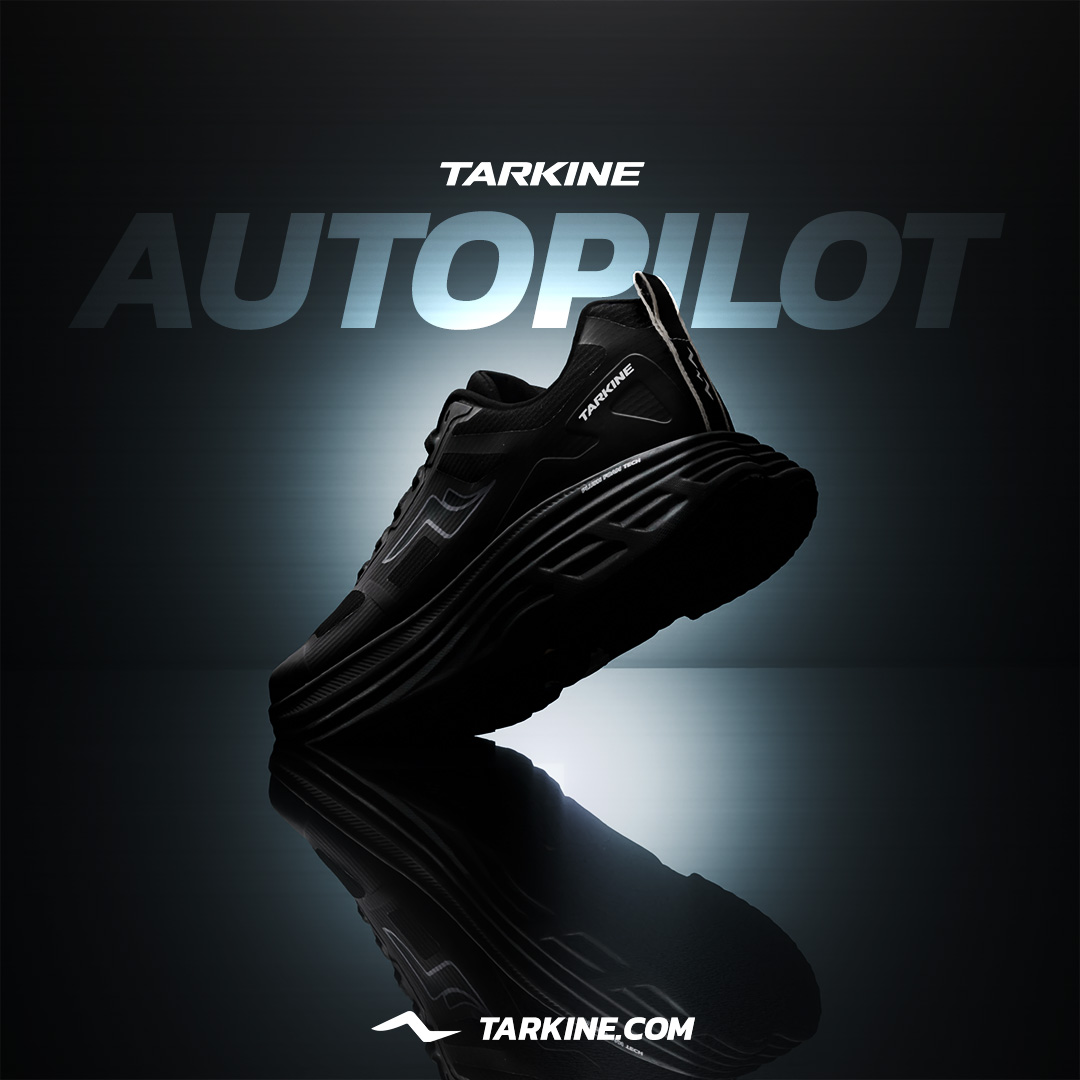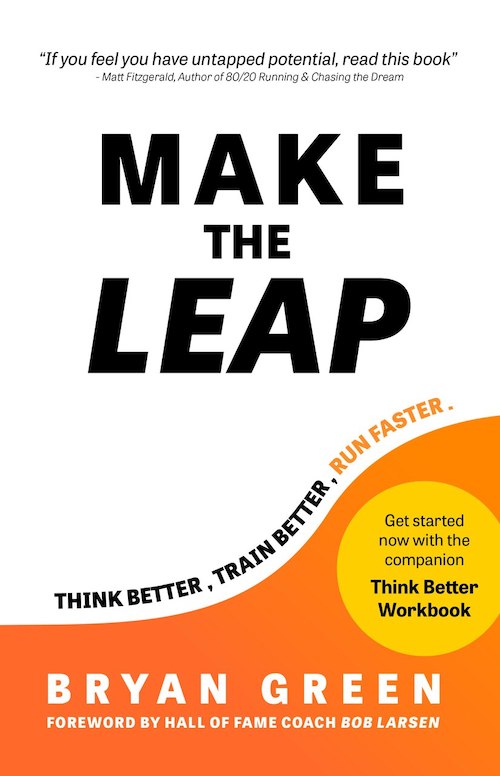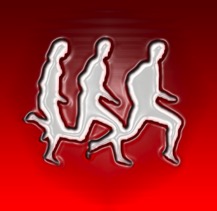The term “overpronation” is often thrown around in running discussions but is frequently misunderstood. Many assume it indicates an abnormal or harmful foot movement, but that isn’t necessarily the case. Overpronation simply refers to the natural way the foot moves while running, and it’s more common than you might think.
Roughly half of all runners experience overpronation, where the foot rolls inward upon impact with the ground. This inward roll helps to distribute and absorb the forces generated during a run. While overpronation may raise concerns for some, experts like physiotherapist Tom Goom suggest that it’s usually harmless unless linked to discomfort or injury.
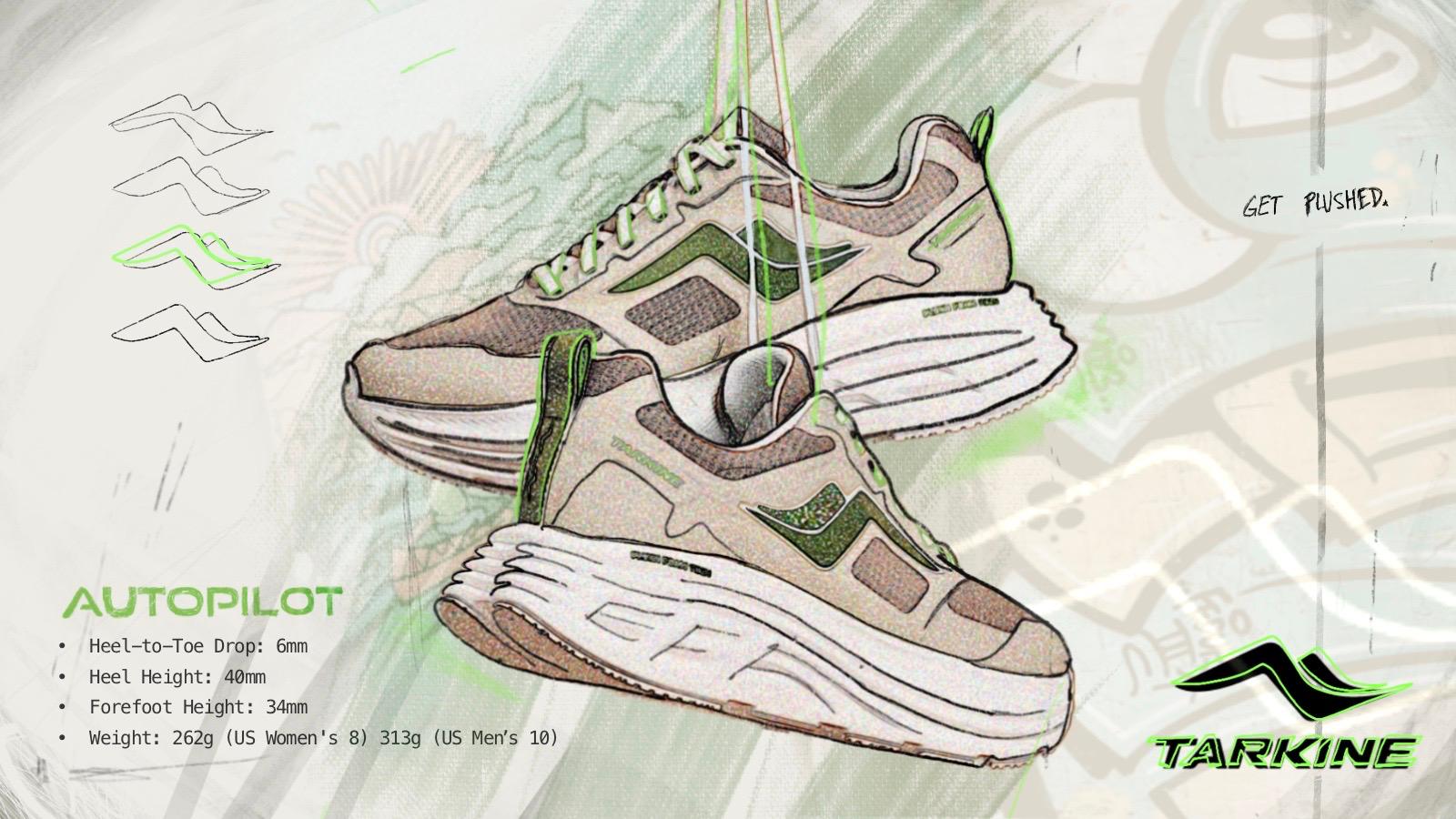
What Exactly is Overpronation?
Pronation describes the way the foot absorbs shock upon hitting the ground. This movement differs from person to person.
In the case of overpronation, the outside of the heel strikes the ground first, followed by the foot rolling inward, shifting weight to the arch. This can result in the foot flattening more than usual. On the other hand, underpronators (or supinators) land on the outer part of the heel, keeping weight on the outer edge of the foot, while neutral runners exhibit minimal rolling.
 Despite frequent references to overpronation, Goom emphasizes that the term is not well defined in medical literature. “There’s no clear-cut line between normal and excessive pronation,” he explains. Instead of focusing on labeling it, Goom advises evaluating whether the movement is affecting your performance or causing discomfort.
Despite frequent references to overpronation, Goom emphasizes that the term is not well defined in medical literature. “There’s no clear-cut line between normal and excessive pronation,” he explains. Instead of focusing on labeling it, Goom advises evaluating whether the movement is affecting your performance or causing discomfort.
How Can You Tell if You Overpronate?
If you’re running without pain, there’s no immediate reason to worry about overpronation. However, if you’re dealing with injuries, a gait analysis may help determine if your foot movement is contributing to the problem.
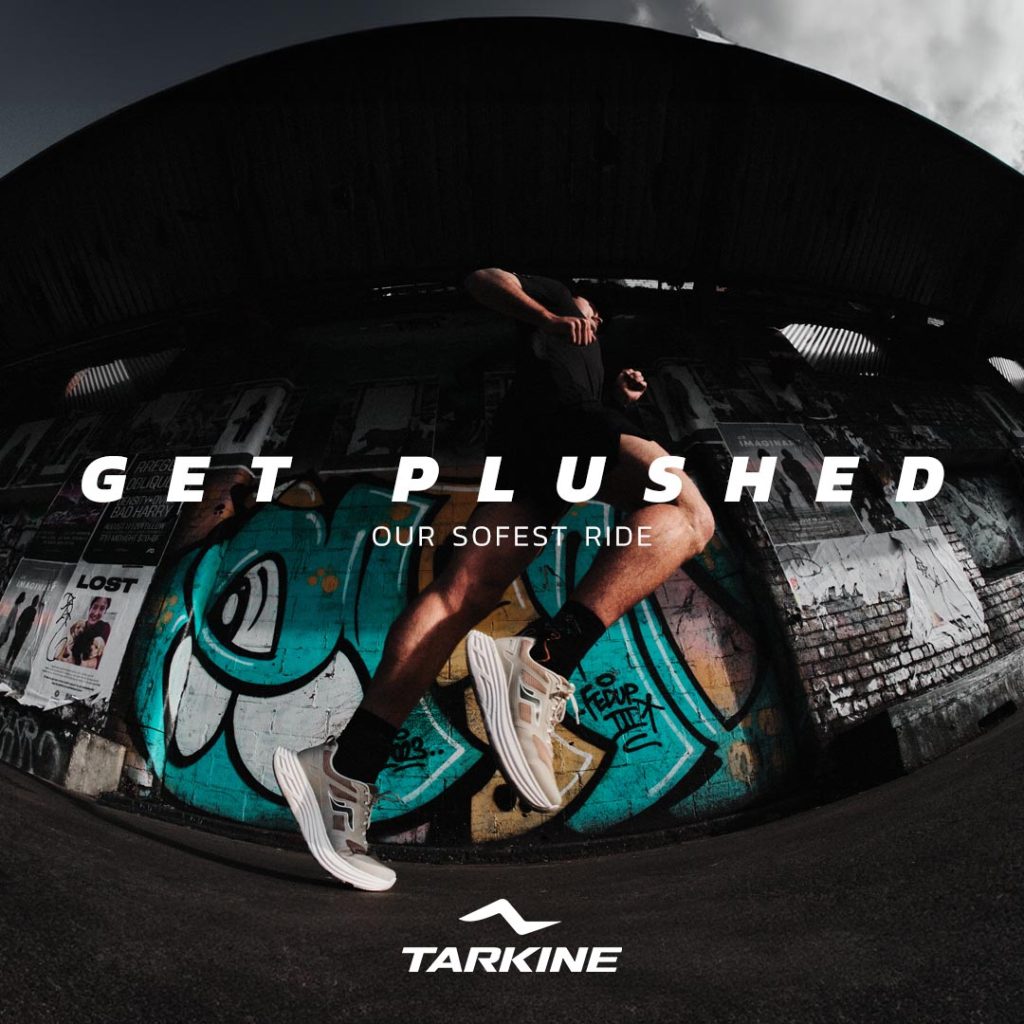
Self-diagnosing overpronation is tricky, but one simple way to check is by examining the wear on your running shoes. If the sole shows wear near the big toe, inside of the heel, or under the ball of the foot, overpronation may be occurring. For a more precise assessment, consider visiting a specialty running store or health clinic for a gait analysis, where professionals can assess your running pattern via treadmill footage.
Is Overpronation a Concern?
There’s been considerable debate around pronation, including overpronation and underpronation, but Goom reassures that it’s a normal part of running for most people.
“Pronation is a natural, essential motion for runners and shouldn’t be feared,” says Goom. “Most runners land slightly supinated, and pronation occurs as the foot absorbs impact.”
Though often blamed for injuries, overpronation is not the cause of every lower limb issue. A study in the British Journal of Sports Medicine found that runners with pronated feet did not have higher injury rates compared to those with neutral feet. In fact, overpronators were slightly less likely to experience injury.
That said, Goom notes that overpronation may contribute to certain specific injuries, such as tibialis posterior tendon strain, shin splints (medial tibial stress syndrome), or knee pain (patellofemoral pain). Research also indicates that overpronation is more common among runners with narrower strides.
How to Manage Overpronation
Since overpronation is a natural motion, it doesn’t typically need correction. However, if it’s associated with discomfort or injury, options like orthotic inserts or stability shoes may help reduce strain on the foot and lower leg by controlling excess motion.
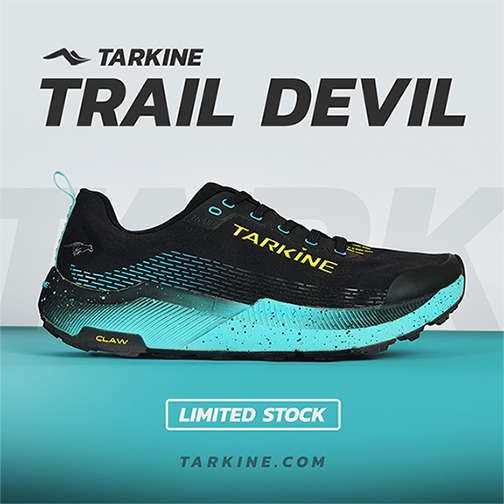
If you’re concerned about overpronation or are experiencing discomfort while running, consulting with a healthcare professional or running expert can provide tailored advice.
Overpronation, much like other aspects of running form, varies between individuals. As long as it isn’t causing pain or affecting your performance, it’s typically not something to worry about.







